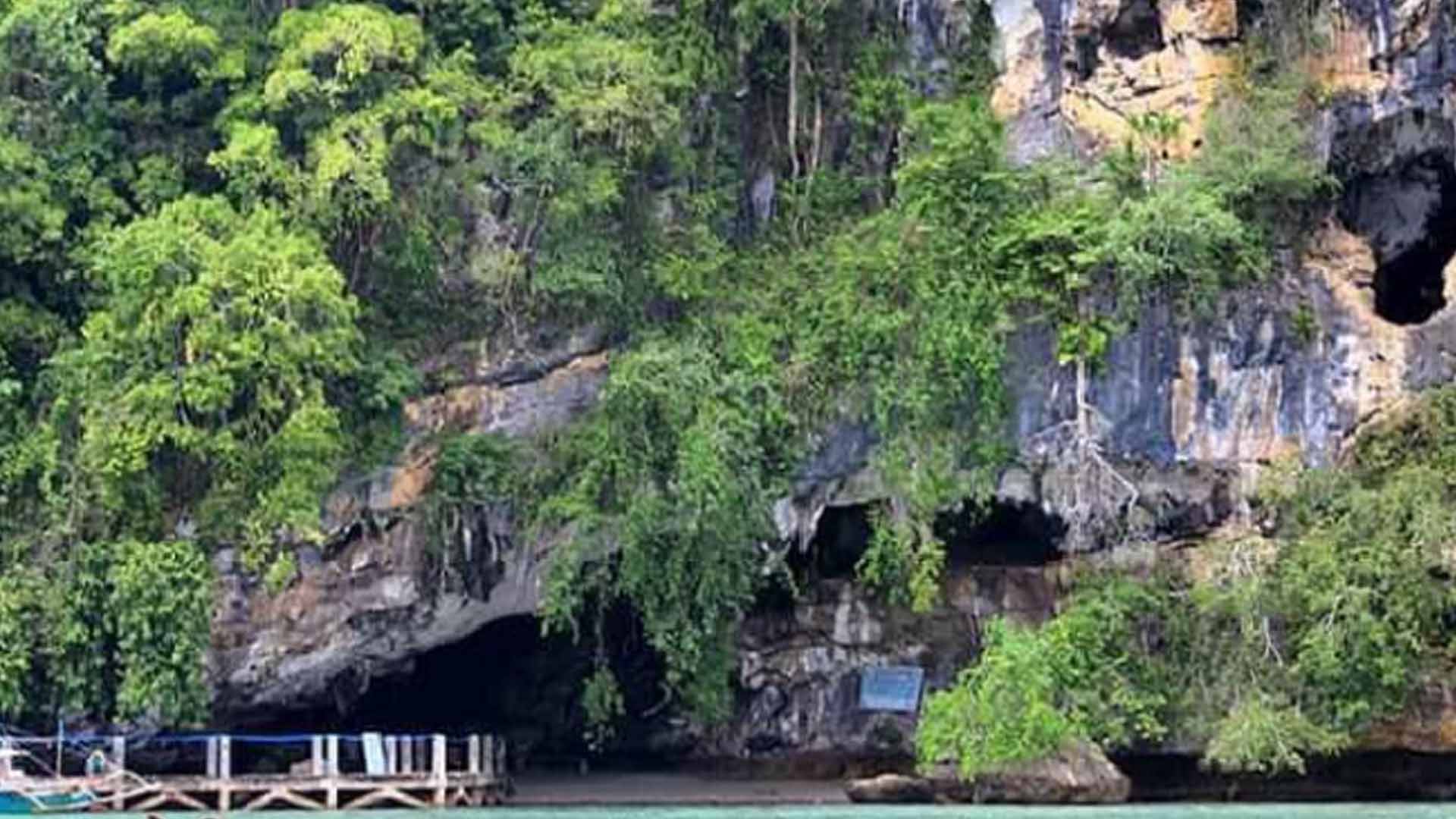The Palawan Council for Sustainable Development (PCSD) has officially endorsed the nomination of the archaeologically important site, Tabon Cave Complex, and the whole of Lipuun Point in Quezon town, this province as a UNESCO (United Nations Educational, Scientific and Cultural Organization) World Heritage Site.
In an interview on Monday, PCSD officer-in-charge Niño Rey Estoya said the decision to issue the endorsement through a resolution was reached during the PCSD’s regular meeting on July 27. The same resolution is being prepared for sending to the UNESCO.
He told reporters that the Tabon Cave is only part of a much larger complex, the whole of which is archeologically significant and should be preserved.
“The endorsement emphasizes the importance of its outstanding universal value as the home of the oldest modern human, Homo sapiens, found in this part of the country and Southeast Asia. Notably, it was included in the tentative list of World Heritage Sites submitted by the Philippines to UNESCO in 2006. It is also one of the core sites of Palawan, a UNESCO-designated Biosphere Reserve, where environmental protection, biodiversity conservation, and economic development are harmonized,” Estoya said.
Even before the Council’s endorsement, the site’s nomination already received support from the Sangguniang Panlalawigan ng Palawan through Provincial Resolution No. 18133 created in May this year.
Located on a limestone cliff overlooking the western coast of Palawan, the cave itself is accessible through a narrow entrance that leads into a large chamber, which then extends into a complex network of interconnected chambers and passageways.
Estoya added that the council’s resolution highlights the historical significance of the site, particularly the discovery of archaeological artifacts and fossils of modern humans (Homo sapiens) dating back around 47,000 years, made by Dr. Robert Fox and the National Museum of the Philippines in 1992.
He explained that the site has yielded numerous artifacts, including pottery, tools, and ancient burial items, which have provided valuable insights into the lifestyles and cultural practices of the ancient inhabitants of what is today called Palawan.
Early inhabitants used the network of caves as both shelter from the elements and as a burial site for the diseased.
Such discoveries compelled then President Ferdinand Marcos, Sr. to declare it a “Site Museum Reservation” through Presidential Proclamation No. 996, S. 1972.
More recently, Governor Victorino Dennis Socrates issued Executive Order No. 58, Series of 2023, creating the Task Force for the inscription of the Tabon Cave Complex as a UNESCO World Heritage Site.
Palawan already has two UNESCO World Heritage Sites: the Puerto Princesa Underground River and the Tubbataha Reefs Natural Park in Cagayancillo. (PNA)









